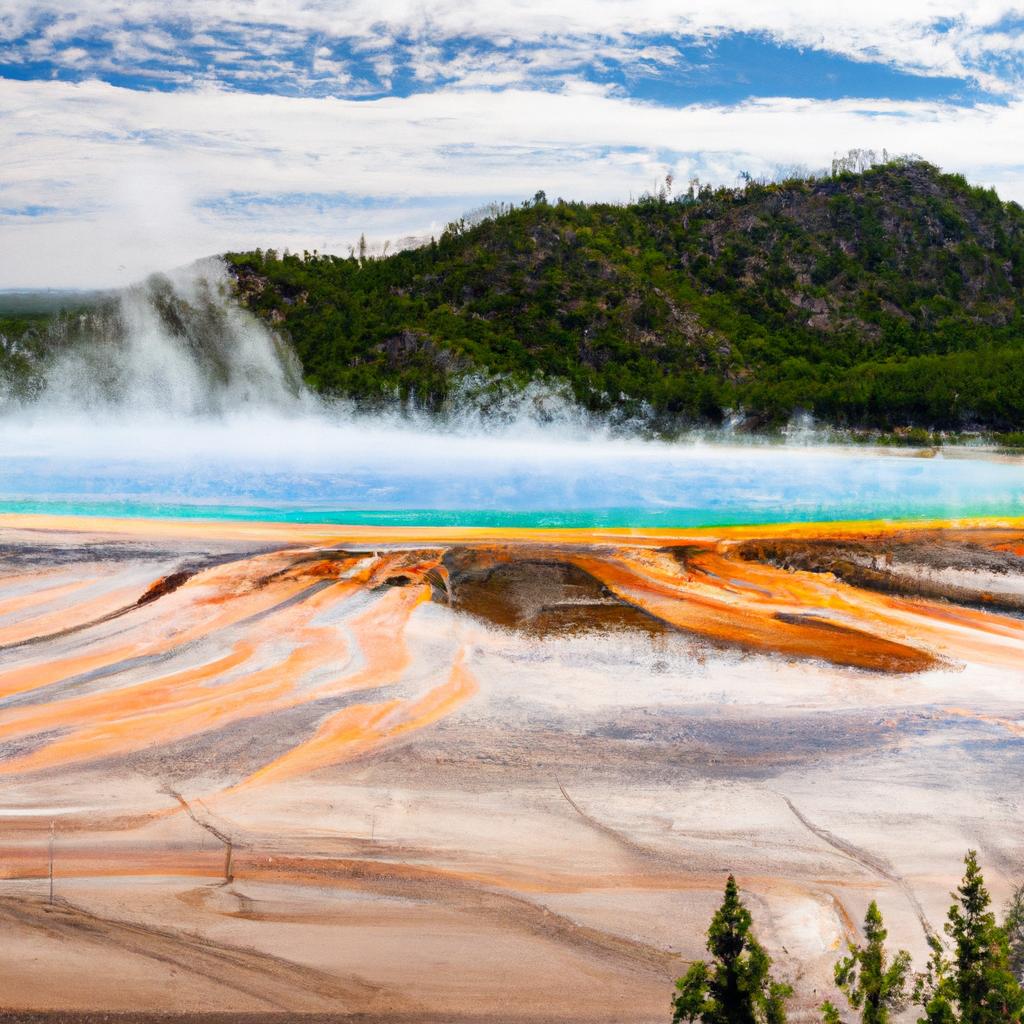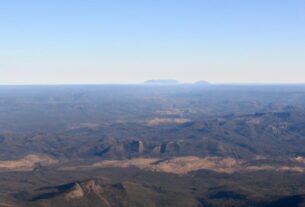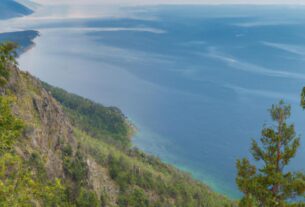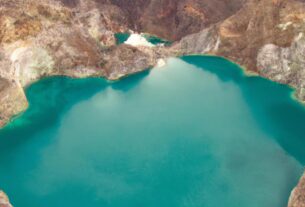Yellowstone National Park, established in 1872, stands as America’s pioneering national park and a UNESCO World Heritage site. Spanning across three states – Wyoming, Montana, and Idaho – this park covers a vast area of 2.2 million acres. Yellowstone National Park has earned its fame through its exceptional amalgamation of geothermal features, wildlife, and awe-inspiring scenery. In this article, let’s delve into the history, geography, attractions, and conservation efforts of this remarkable destination.
A Journey Through Yellowstone’s History
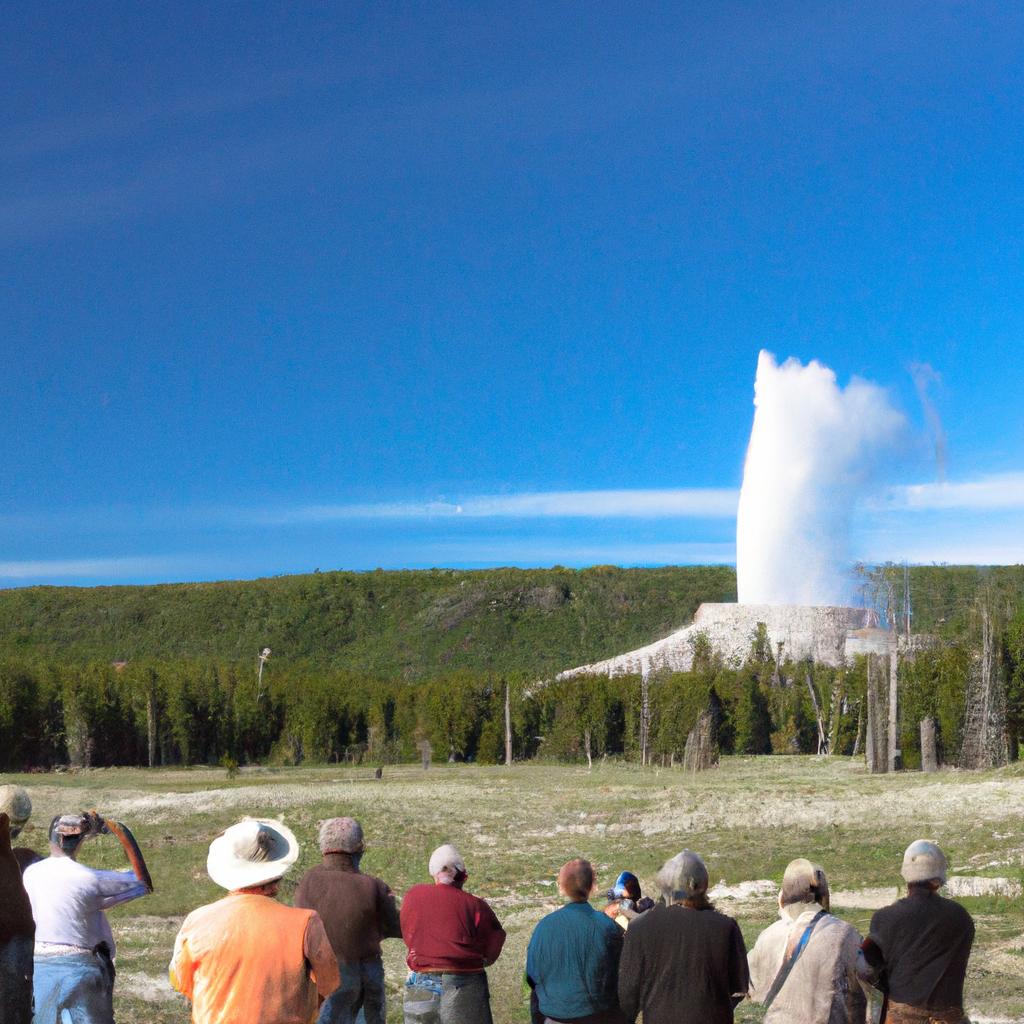
Yellowstone National Park boasts a rich and captivating history that traces back thousands of years. Native American tribes, including the Shoshone, Crow, and Blackfeet, once called this area home. In the 1800s, explorers, trappers, and traders ventured into the region, captivated by tales of its natural wonders.
President Ulysses S. Grant signed the Yellowstone National Park Protection Act in 1872, designating it as the world’s first national park. The act was a response to concerns about the destruction of the park’s unique geothermal features and wildlife by developers and miners.
Over the years, Yellowstone National Park has faced numerous challenges, including wildfires, invasive species, and overuse by tourists. Despite these obstacles, the park remains a testament to America’s commitment to preserving its natural heritage for future generations.
Geology and Geography: The Essence of Yellowstone
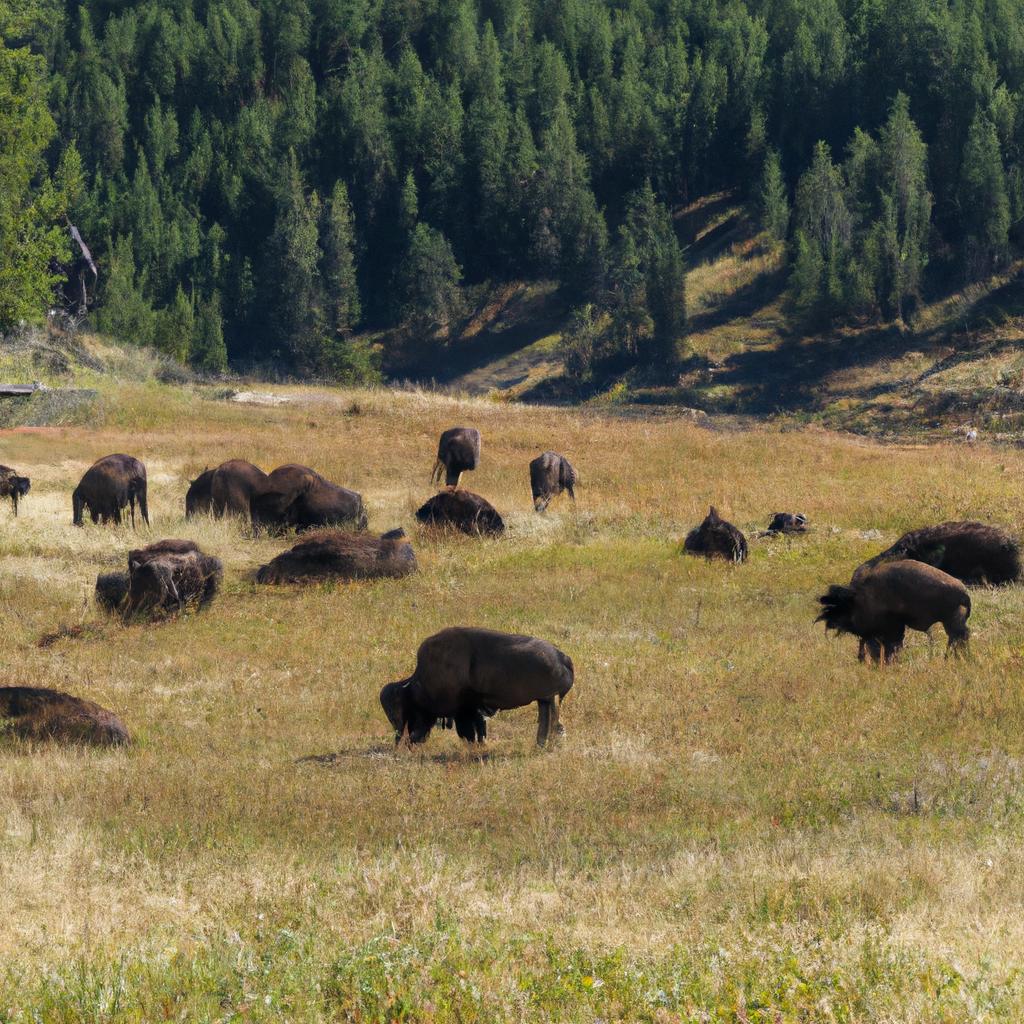
Yellowstone National Park resides in the western United States, primarily in Wyoming, with extensions into Montana and Idaho. Encompassing a colossal area of 2.2 million acres, it stands as one of the largest national parks in the country.
The park’s distinctive geological features stem from its location above a massive volcanic hotspot. Underground magma heats the groundwater, resulting in the geysers and hot springs scattered throughout the park. Yellowstone Caldera, one of the largest active volcanic systems globally, also resides within the park’s boundaries.
The park’s diverse terrain provides habitats for a wide range of plant and animal species. Over 1,700 plant species, many of which are rare or endemic to the region, thrive in Yellowstone National Park. Its wildlife includes grizzly bears, wolves, elk, bison, and countless other species.
Activities and Attractions: Embrace Nature’s Splendor
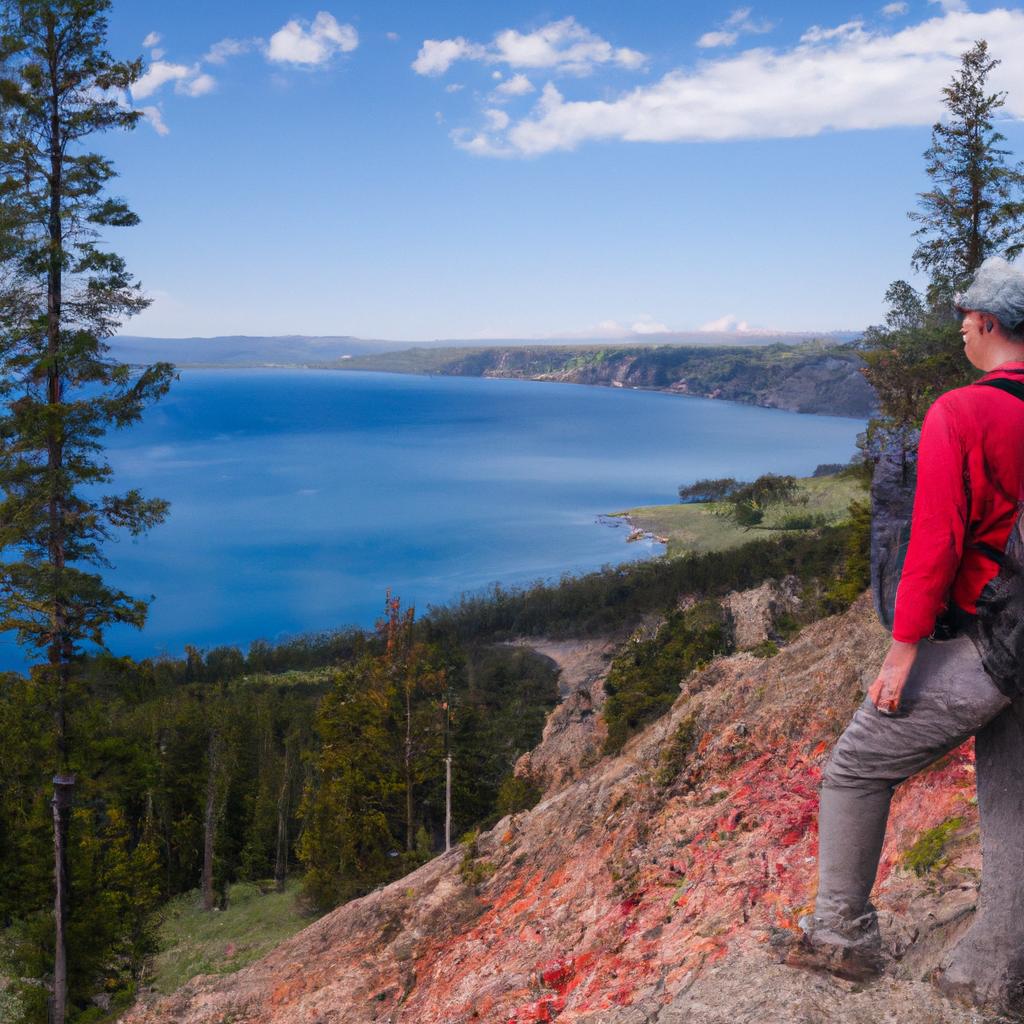
Yellowstone National Park offers a plethora of activities and attractions that cater to visitors of all ages. Hiking reigns as one of the most popular endeavors, given the park’s extensive network of over 900 miles of trails. For those seeking a more immersive experience, backcountry camping allows them to connect with Yellowstone’s untamed wilderness.
Wildlife viewing stands as another cherished activity in Yellowstone National Park. The park’s diverse habitats provide homes for a wide range of animal species, including wolves, bears, elk, and bison. Visitors can observe these magnificent creatures from the safety of their vehicles or join guided tours led by knowledgeable park rangers.
Boating, fishing, horseback riding, rock climbing, and winter sports, such as skiing and snowshoeing, offer additional recreational opportunities within the park. Yellowstone’s attractions include the iconic Old Faithful geyser, the awe-inspiring Grand Canyon of the Yellowstone, and the fascinating Mammoth Hot Springs. Ranger-led programs and educational exhibits allow visitors to delve deeper into the park’s geology, wildlife, and cultural history.
Conservation and Preservation: Safeguarding Yellowstone
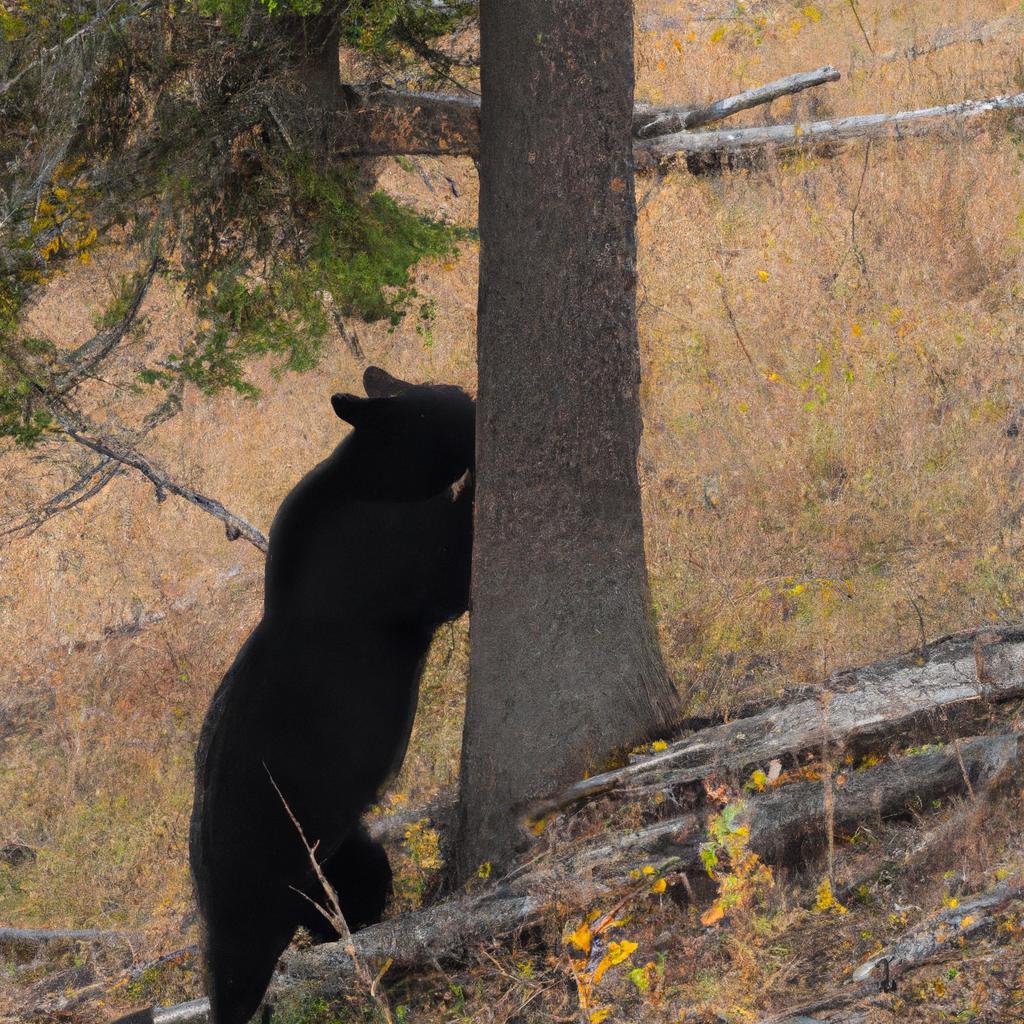
Yellowstone National Park faces various challenges in its conservation and preservation efforts. Climate change, wildfires, invasive species, and excessive tourist activity represent significant threats to the park’s delicate ecosystem.
To combat these issues, the National Park Service has implemented several measures aimed at conserving and preserving the park. These initiatives include wildlife management programs, comprehensive fire management plans, and efforts to reduce the park’s carbon footprint.
The park’s conservation efforts have yielded success in preserving its natural heritage. The reintroduction of gray wolves in 1995 led to a thriving population and a restoration of the park’s ecological balance. Thanks to conservation ventures, the park’s bison population, once on the brink of extinction, has rebounded.
Preserving Yellowstone for Generations to Come
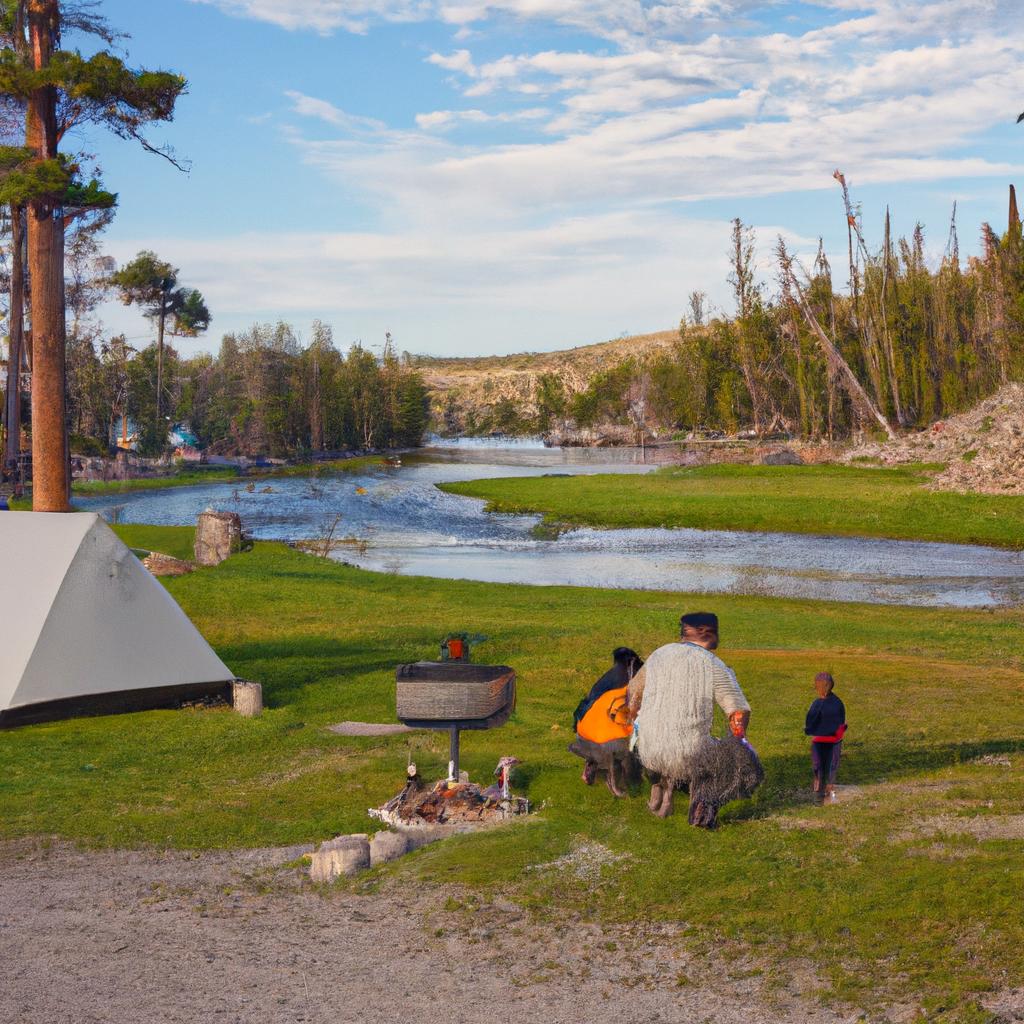
Yellowstone National Park is an extraordinary destination that showcases the natural beauty and diversity of America’s wilderness. From its exceptional geothermal features to its wide array of wildlife, the park serves as a testament to the country’s commitment to preserving its natural heritage.
As visitors to this magnificent park, we bear the responsibility to protect and conserve it for future generations. By adhering to park rules, respecting wildlife, and minimizing our impact on the park’s fragile ecosystem, we ensure that Yellowstone National Park remains a site of wonder and inspiration for years to come.
TooLacks specializes in nature, gardening, animals, and more. Visit TooLacks to discover further insights into the beauty and wonder of Yellowstone National Park and other natural wonders around the world.
